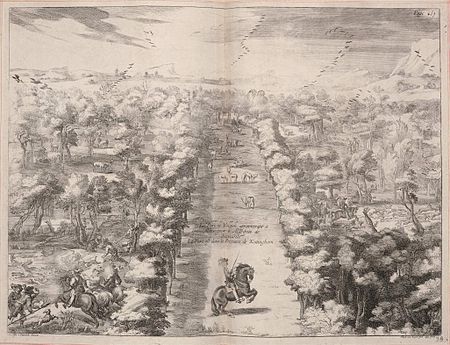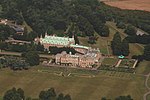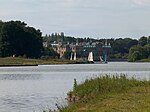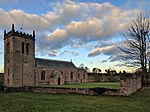Welbeck

Welbeck is a village and former civil parish, now in the parish of Norton, Cuckney, Holbeck and Welbeck, in the Bassetlaw district, in Nottinghamshire, England. It is slightly to the south-west of Worksop. In 2001 the parish had a population of 31.Welbeck became a coal-mining centre in 1912 and has a famous stately home, Welbeck Abbey, home of the Dukes of Portland, and which was founded in the twelfth century as a monastery.The cricketer Ted Alletson, who held a batting world record for 50 years, is from Welbeck. Archduke Franz Ferdinand accepted an invitation from the Duke of Portland to stay at Welbeck Abbey and arrived with his wife, Sophie, by train at Worksop on 22 November 1913. This was almost a year before his assassination, which triggered the First World War. The Archduke narrowly avoided being killed in a freak hunting accident during his stay.
Excerpt from the Wikipedia article Welbeck (License: CC BY-SA 3.0, Authors, Images).Welbeck
Mansfield Road, Bassetlaw Norton, Cuckney, Holbeck and Welbeck
Geographical coordinates (GPS) Address Phone number Nearby Places Show on map
Geographical coordinates (GPS)
| Latitude | Longitude |
|---|---|
| N 53.261 ° | E -1.168 ° |
Address
Mansfield Road
S80 3NB Bassetlaw, Norton, Cuckney, Holbeck and Welbeck
England, United Kingdom
Open on Google Maps







